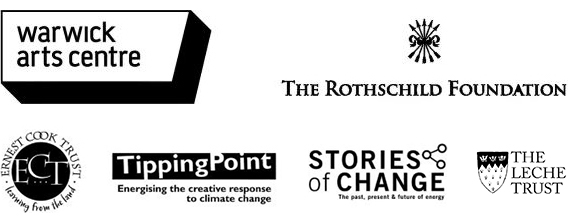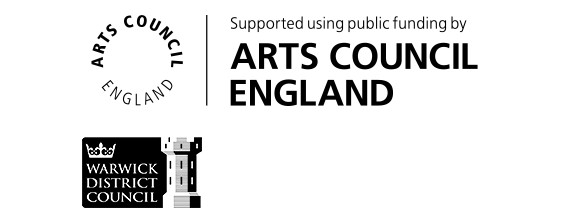Professor Ashcroft’s book includes the following paragraph:
“In 1746 Abbe Nollet ordered 200 of his monks to form up in a large circle almost a mile in circumference, holding long iron rods between their hands. Once they were all in position, the Abbe surreptitiously connected the two ends of the circle to a Leyden jar. The results were spectacular because the discharge of the jar sent a shock-wave through the circle that caused all the monks to jump in turn, thereby demonstrating that electricity travels extremely fast”
Lightning Storm is driven by the energy of electricity and lightning storms which can lead to some effective choreographic ideas involving canon as a structuring technique.
- Send sounds rapidly around a circle – claps, clicks, double clap on thighs, combinations. Devise a way to direct the flow (eg. with a turn of the shoulders to face the direction of the current) so anyone can reverse the pattern at any point.
- Repeat with a whole-group Mexican wave, then improvise a free-style Mexican Wave (as though you are Abbe Nollet’s unsuspecting monks) What sort of movement might you do?
- Experiment with impulses starting in different body parts (fingers of the left hand, back of the right knee, left shoulder, left hip, back of the head, right elbow, small of the back) where do you end up? Aim to either change direction or level as well as body shape.
- Repeat the Mexican Wave idea; each student choosing their own impulse, subsequent movement and finishing freeze.
- In groups, decide on a formation and find a neutral starting point (standing, sitting on the floor or on chairs, lying, kneeling) No one should touch anyone else. Send a series of impulses through the group from the first to the last person. Don’t try to control and manage the moves too much – the energy should be paramount.
- Set up a wave that starts, picks up speed and completes with the person on the end doing something dramatic, as though the energy is gathering in momentum and size as it passes through.
- Recover to starting positions and repeat but introduce progressive variations each time so that the sequence is recognizable but has moved on in some way.
- Build a group dance sending energy impulses repeatedly down a line using the principle of progression to structure the material but bear in mind Finnan’s second law: You only need
1 to see it
2 to know it,
3 to enjoy it,
4’s a bore!
Repetition is interesting but only for so long: subvert expectations when you can.
Add percussive body sounds (slap, click, clap, stamp) as rhythmic accompaniment or create a soundscape with electrical found sounds. What effects and meanings are superimposed on the movement by the sound?


